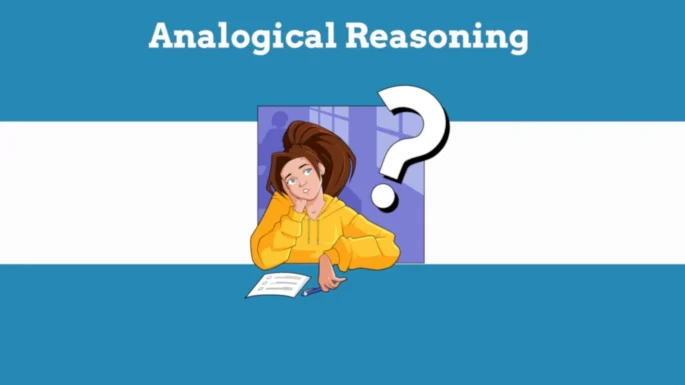Analogical Reasoning Examples
Analogical reasoning is based on finding common relationships to understand complex ideas by comparing them to more familiar concepts. It involves identifying similarities between two different things and using those similarities to draw conclusions or make predictions. The strength of an analogical argument depends on the relevance and number of similarities, as well as the diversity of the shared properties. The more relevant similarities that can be identified across different domains, the more compelling the analogy.
The basic structure of an analogical argument is as follows:
- Object A has traits 1, 2, and 3.
- Object B also has traits 1, 2, and 3.
- Object A has trait 4.
- Therefore, Object B likely also has trait 4.
For example, consider this analogical argument:
- The Earth has an atmosphere containing oxygen.
- Europa, a moon of Jupiter, also has an atmosphere containing oxygen.
- The Earth has life.
- Therefore, Europa likely also has life.
Sometimes, analogical arguments can be misleading if there are important differences that undermine the comparison. These are called “false analogies.” For example:
- Tyler drives a truck and is a teacher.
- Zachary also drives a truck.
- Therefore, Zachary must also be a teacher.
Obviously, just because Tyler and Zachary share the trait of driving trucks does not mean Zachary is also a teacher. Driving a truck is not relevant to one’s profession.
In conclusion, analogical reasoning is a useful tool for thinking and persuading and helps us gain insights and make compelling arguments. But we must watch out for false comparisons that ignore important differences. We need to think carefully to decide if an analogy really helps explain something or if it’s misleading.
Analogical Reasoning Practice Questions
